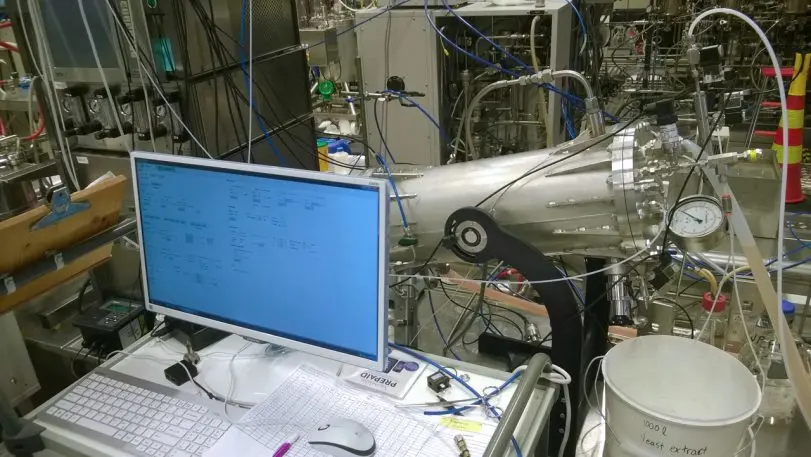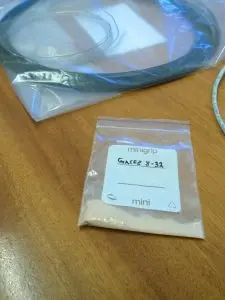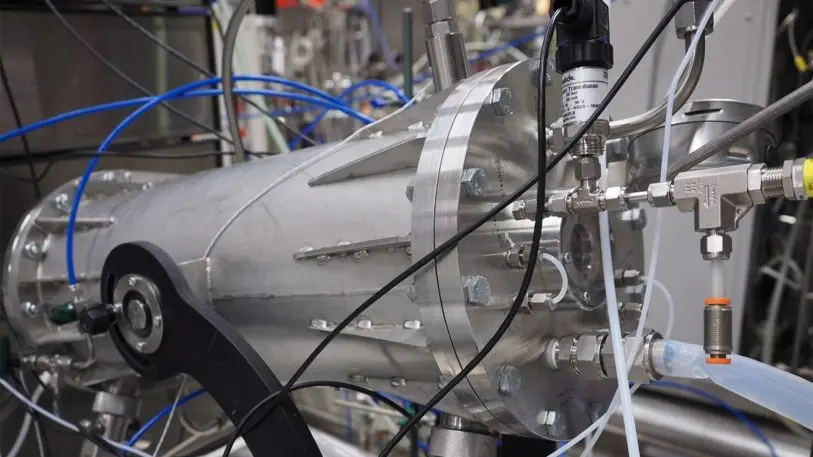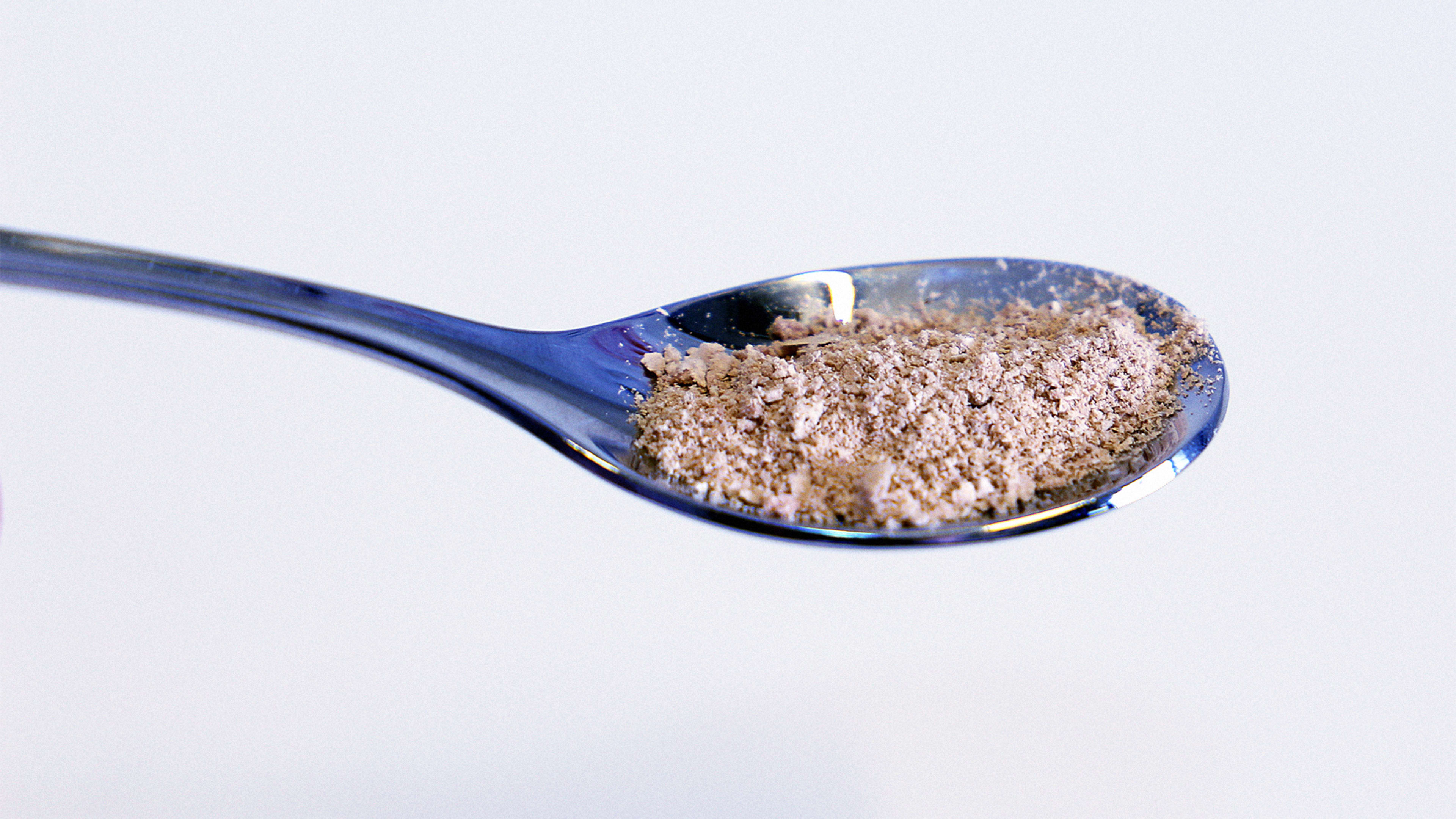In a lab in Finland, inside tiny lab equipment roughly the size of coffee cups, researchers are turning CO2 into food. The process–which can run on renewable energy, and requires only a small amount of water and nutrients–could eventually be used in a home appliance to make protein at home, or a production facility in a desert that could supply nutrition in the middle of a famine.
“The basic raw materials are electricity and CO2,” says Juha-Pekka Pitkänen, principle scientist at the VTT Technical Research Centre of Finland, which is collaborating on the study with the Lappeenranta University of Technology. Inside a bioreactor, electrolysis splits water harvested from the air to create hydrogen. Nutrients like phosphorus are added, along with carbon dioxide that is either captured from the air or from another source. Using these materials, it’s possible to grow a single-cell organism that uses CO2 as its carbon source, and hydrogen as the energy source.

In one application, it could be used to make animal feed. Roughly a third of the world’s arable land is used to grow feed crops for livestock like cows; billions of hectares of forest are cut down each year to plant more of these crops. The researchers envision that farmers might instead have a shipping container on their farm with a bioreactor inside, churning out feed for livestock in a tiny space, with little use of water or other resources.

The project is part of Neo-Carbon Energy, a large Finnish research project that looks more broadly at how to create a fully renewable energy system. That project also includes CO2 capture–sucking carbon dioxide from the air–and for three years, researchers considered how they might be able to make chemicals or fuel from that CO2. That was less successful, but the researchers realized that they could make food instead.

The research is still at an early stage, and the researchers are working on making the process more efficient. It currently takes two weeks to create a gram of protein in one of the small bioreactors. They’re also tweaking how the process can work with renewable energy. It might take another decade before it’s commercially available; in addition to improving the process, the food will also have to go through regulatory approvals and gain market acceptance. But the researchers are optimistic about its potential to help, particularly in areas that struggle to grow food now, and will struggle even more as climate change increases the chance of droughts, heat waves, and catastrophic flooding on farms.
“This doesn’t need any arable land,” he says. “This could be operated in a desert environment–dry and very difficult to use land…This could be an automated system, so then this could be helpful in some parts where famine is the biggest problem.”
Recognize your brand’s excellence by applying to this year’s Brands That Matter Awards before the early-rate deadline, May 3.
